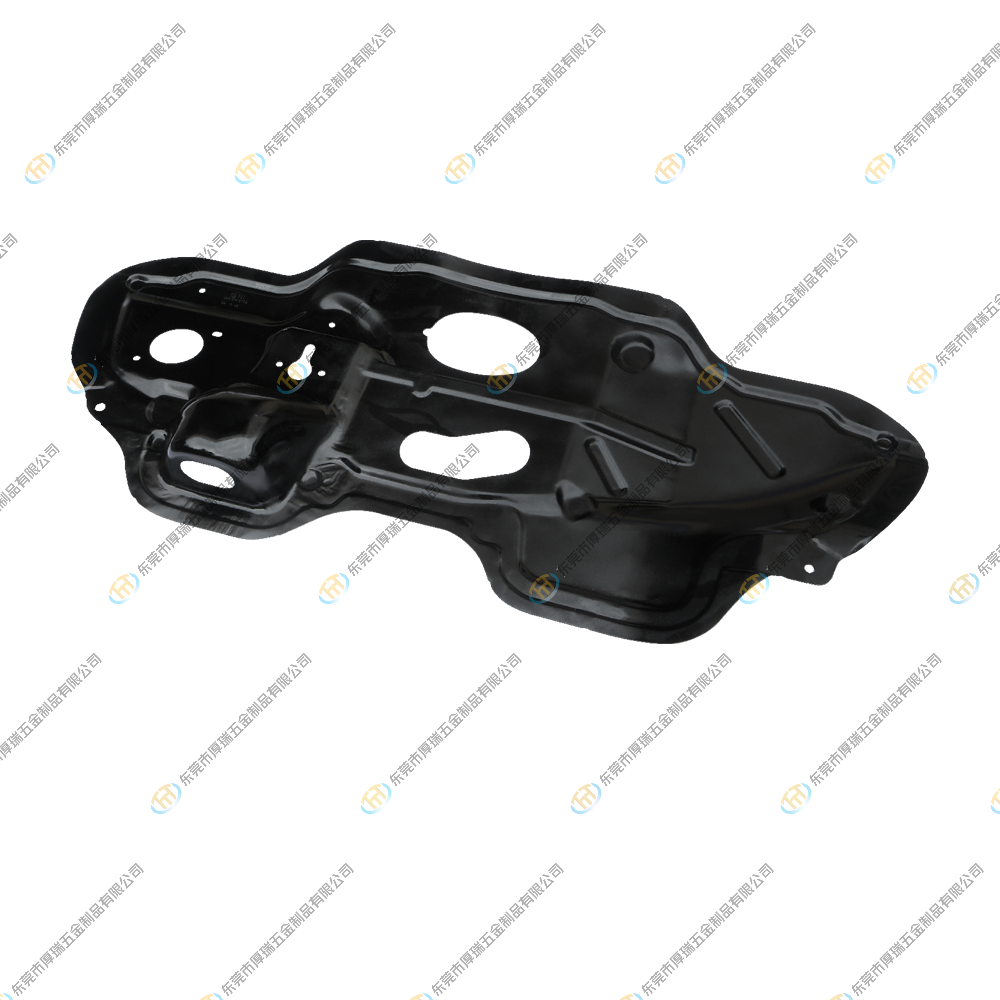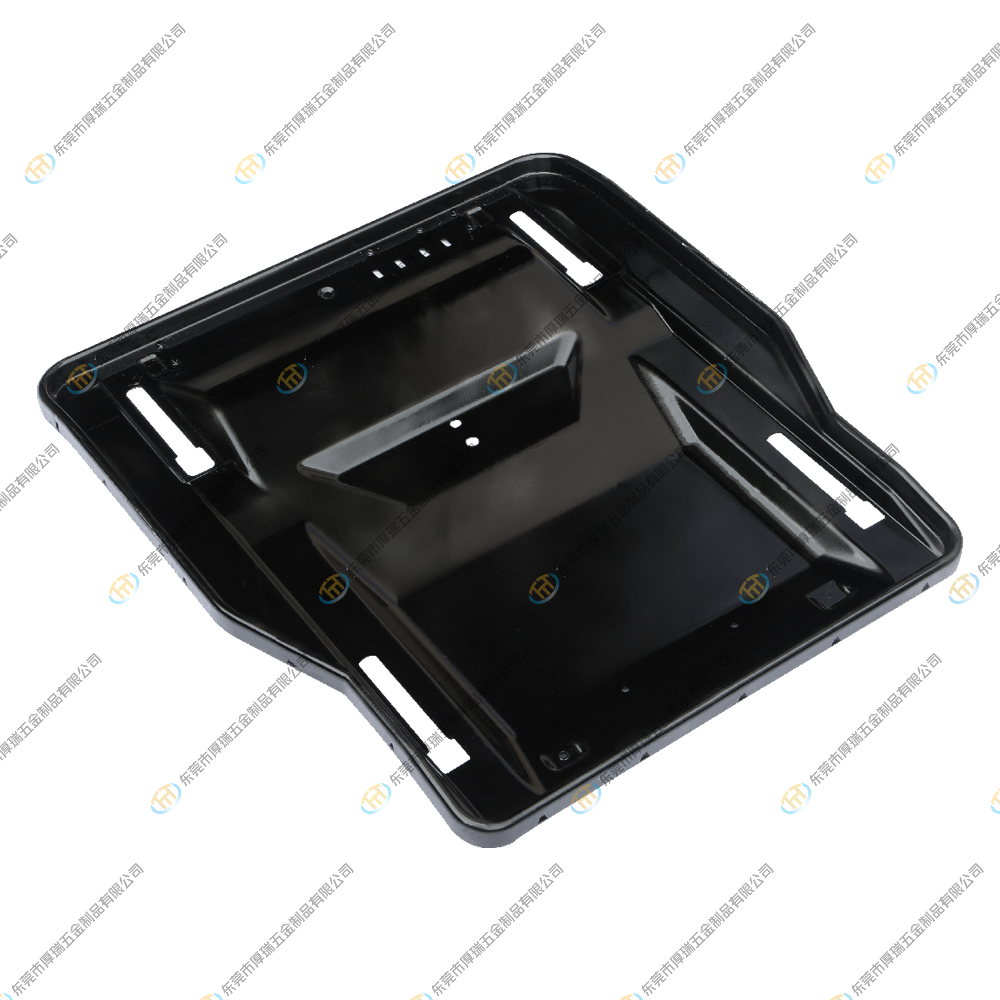Stretch forming processing is a stamping processing method that uses a mold to form a flat blank into an open hollow part. As one of the main stamping processes, stretching is widely used. The stretching process can be used to make cylindrical, rectangular, stepped, spherical, conical, parabolic and other irregular shaped wall parts. If it is combined with other stamping forming processes, it can also produce parts with more complex shapes. .
Use stamping equipment for stretch forming processing of products, including: stretch processing, re-stretch processing, reverse stretch and thinning stretch processing, etc. Stretching processing: Use the pressing plate device to use the punching force of the punch to pull part or all of the flat material into the cavity of the concave mold to form it into a container with a bottom. The processing of the side wall of the container parallel to the stretching direction is pure stretching processing, while the stretching processing of conical (or pyramid) shaped containers, hemispherical containers, and parabolic surface containers also includes expanding processing.
Re-stretch processing: that is, for deep-drawn products that cannot be completed in one stretch process, it is necessary to stretch the formed product after stretch processing to increase the depth of the formed container.
Reverse stretch processing: Reverse stretch the stretched workpiece in the previous process, the inner side of the workpiece becomes the outer side, and the processing of making the outer diameter smaller is thinner. In the cavity of the concave mold with a slightly smaller outer diameter, the outer diameter of the container with the bottom is reduced, and the wall thickness is thinned at the same time, which not only eliminates the deviation of the wall thickness, but also makes the surface of the container smooth.
The following introduces two types of metal stamping and stretching when using stamping equipment:
1. Cylindrical drawing processing + (Round drawing): stretching of cylindrical products. Both the flange and the bottom are in a plane shape, the side wall of the cylinder is axisymmetric, and the deformation is evenly distributed on the same circumference, and the hair on the flange is damaged to cause deep drawing deformation.
2. Ellipse drawing processing+ (Ellipse drawing): The deformation of the hair on the flange is tensile deformation, but the deformation amount and deformation ratio change correspondingly along the contour shape. The larger the curvature, the greater the amount of plastic deformation of the wool, and conversely, the smaller the curvature, the smaller the plastic deformation of the wool.
Post time: May-08-2023





.png)
.png)